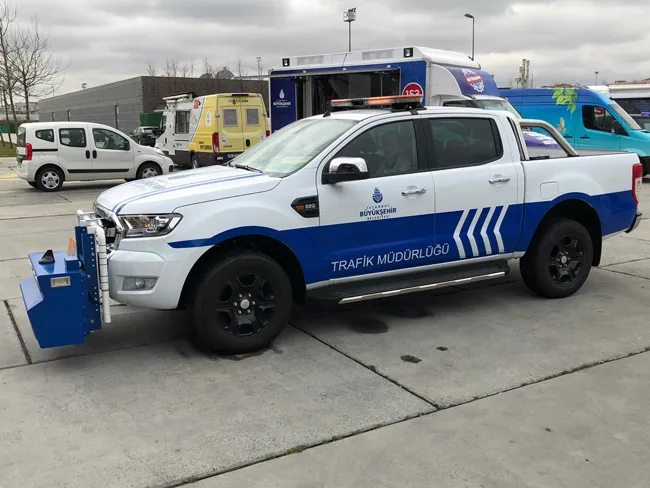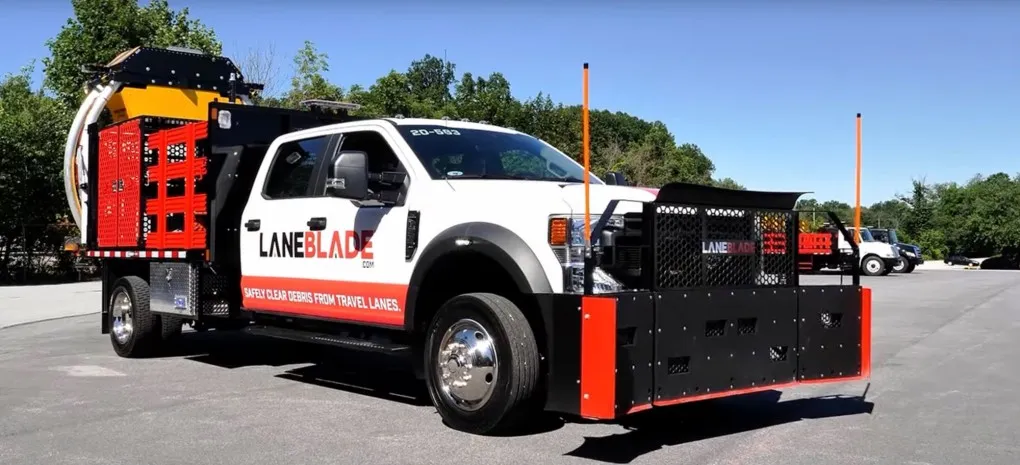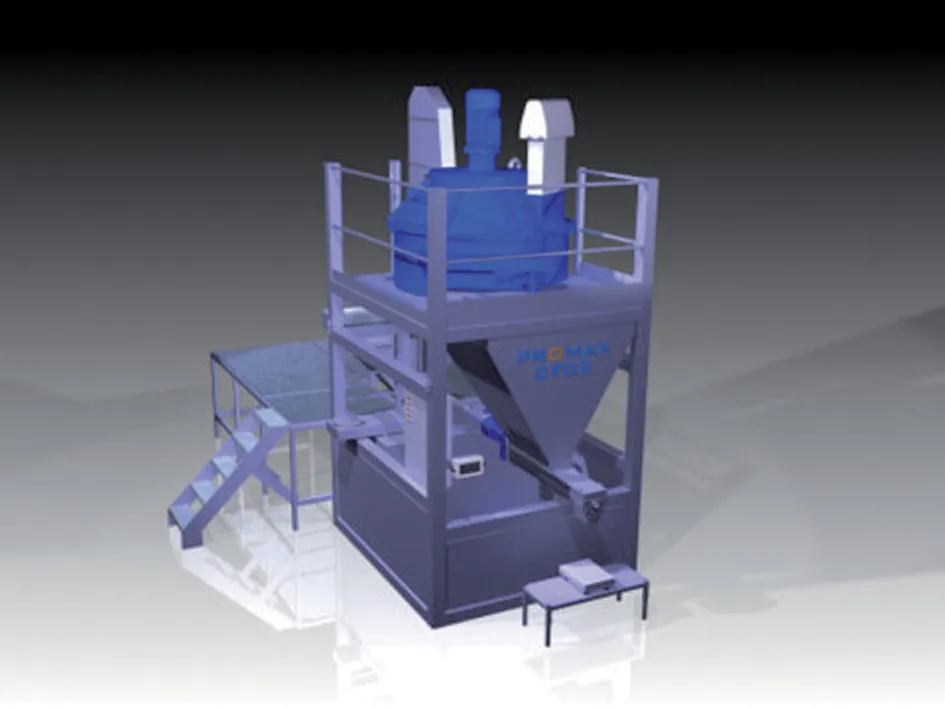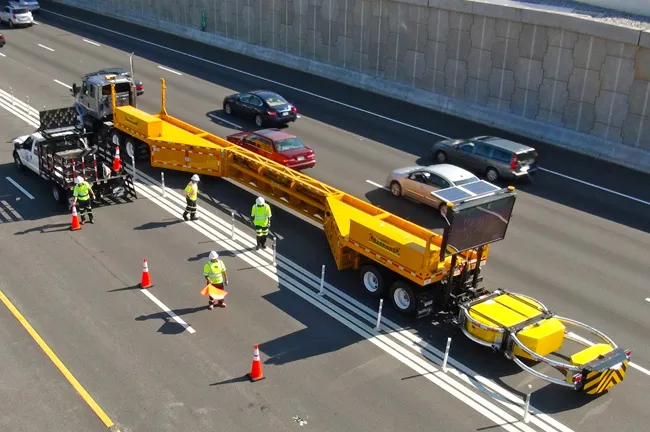
The retroreflectometer was chosen over traditional dynamic side-mounted systems because it is easy to operate, according to the manufacturer,
Fitted to the front of the vehicle with good road clearance also makes it a safer solution for the operator or driver and other users. It is twice as efficient which is a major advantage on the very congested road network around Istanbul, said Joe Turley, chief executive of Reflective Measurement Systems.
Unlike dynamic side-mounted retroreflectometers, the RetroTek can simultaneously assesses the retroreflectivity of the road line markings on the left and right of the traffic lane travelled including any centre lane markings/messages/symbols. The RetroTek system is not integrated into the vehicle so it can be easily removed and attached to other vehicles if they are fitted with a standard square front tow hitch bar.
The maintaining of good quality pavement markings is more important than ever in ensuring that vehicles driven by humans and equipped with Advanced Driver Assist Systems (ADAS) and upcoming Autonomous vehicles can operate safely on all road networks.









